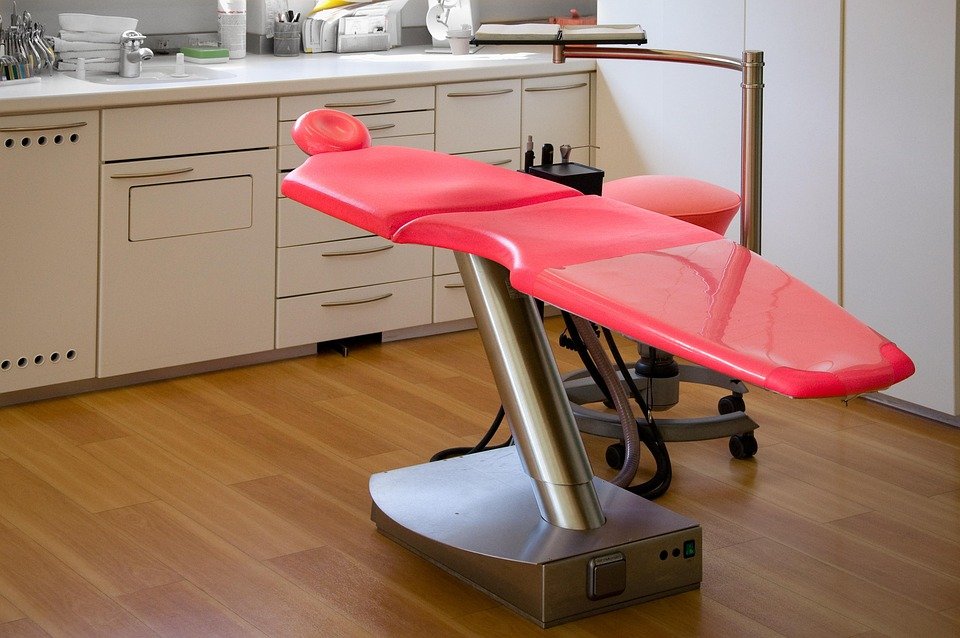What role does reflection play in perceived tooth whiteness
I’m trying to understand exactly why teeth look whiter after a whitening treatment. I know whitening products remove stains, but is it just about the absence of dark spots, or is there something more going on with how light interacts with the enamel?
Specifically, I’m wondering about the role of reflection. Does whiter enamel reflect light differently than stained or darker enamel? If so, is it the amount of light reflected, the way it’s reflected (like a smoother, more even reflection), or even the color of the reflected light that contributes to our perception of whiter teeth? Are there studies that actually measure the reflectance of teeth before and after whitening? I’m seeing a lot of marketing, but not much hard science on this.
Answer
Reflection plays a crucial role in how we perceive tooth whiteness. The way light interacts with the tooth surface, specifically the amount and type of reflection, significantly contributes to our judgment of whiteness. Here’s a breakdown:
Specular Reflection:
- Definition: Specular reflection is when light bounces off a surface at an angle equal to the angle of incidence, creating a mirror-like effect. On a tooth, specular reflection occurs primarily from the enamel’s smooth, outer surface.
- Impact on Perceived Whiteness: Higher specular reflection contributes to a brighter, whiter appearance. A smooth, polished tooth surface reflects more light directly towards the observer’s eye, increasing the perceived brightness. Conversely, a rough or uneven surface scatters light, reducing specular reflection and making the tooth appear duller or less white. This is why polishing teeth is a crucial part of whitening treatments; it increases specular reflection.
- Limitations: Too much specular reflection can create glare, which can be perceived as an unnatural, artificial whiteness. A balance is needed to achieve a natural-looking white.
Diffuse Reflection:
- Definition: Diffuse reflection occurs when light bounces off a surface in multiple directions. This happens when light interacts with irregularities or microscopic structures within the tooth enamel and dentin.
- Impact on Perceived Whiteness: Diffuse reflection is influenced by the tooth’s underlying shade and internal scattering of light. If the enamel and dentin are inherently light and have minimal staining, the diffuse reflection will contribute to a brighter appearance. The more stained or discolored the tooth is internally, the more the diffuse reflection will absorb or scatter light in less desirable ways, leading to a less white appearance. The intrinsic color of the tooth strongly influences this aspect.
- Importance: Diffuse reflection is what gives teeth their natural appearance. It prevents teeth from appearing like polished mirrors.
Reflectance and Wavelength:
- General Principle: Teeth, like all objects, reflect different wavelengths of light to varying degrees. The combination of reflected wavelengths determines the tooth’s color.
- Impact on Whiteness: Whiter teeth tend to reflect a broader spectrum of visible light relatively evenly. Yellow or brown stains selectively absorb certain wavelengths, resulting in a shift in the reflected light towards those colors, thus diminishing the perceived whiteness. Whitening treatments often work by removing or modifying these staining molecules, allowing the tooth to reflect a broader spectrum of light more evenly.
Translucency and Opacity:
- Relationship to Reflection: Translucency refers to how much light passes through a material, while opacity refers to how much light is blocked. Both affect reflection.
- Impact on Perceived Whiteness: Enamel has a degree of translucency, allowing light to penetrate and interact with the underlying dentin. The dentin’s color influences the final perceived shade through diffuse reflection. Changes in enamel translucency (e.g., due to age or certain dental conditions) can alter the way light interacts with the tooth, affecting its apparent whiteness. If the enamel becomes more translucent and the dentin is darkly colored, the tooth may appear less white. Likewise, increased enamel opacity may mask the underlying dentin color and make the tooth appear whiter, but potentially also more artificial if not balanced.
Factors Affecting Reflection:
- Surface Roughness: Rough surfaces scatter light, reducing specular reflection. Polishing can smooth the surface and increase specular reflection.
- Enamel Composition and Structure: The mineral content, crystal orientation, and microscopic structures within the enamel influence light scattering and reflection.
- Stains and Deposits: External stains (e.g., from coffee, tea, tobacco) absorb light, reducing the amount of reflected light and affecting the perceived color. Internal stains (within the enamel or dentin) similarly alter light reflection.
- Hydration: Tooth hydration levels affect translucency and light scattering. Dehydrated teeth may appear temporarily whiter.
- Lighting Conditions: The type and angle of incident light can significantly influence how the tooth reflects light and, therefore, how white it appears.
In summary, perceived tooth whiteness is a complex phenomenon involving both specular and diffuse reflection. Specular reflection contributes to brightness and gloss, while diffuse reflection reveals the tooth’s underlying shade and natural appearance. The balance between these two, influenced by various factors like surface roughness, enamel composition, stains, and hydration, determines the overall perception of whiteness.

Post Comment